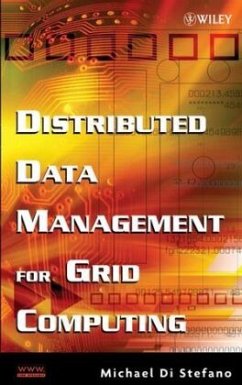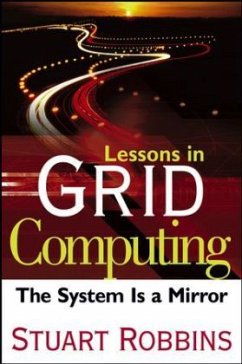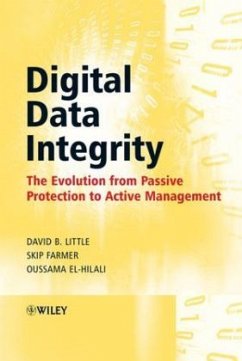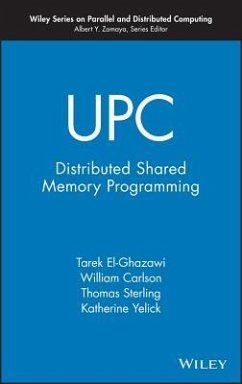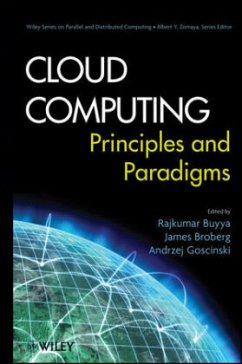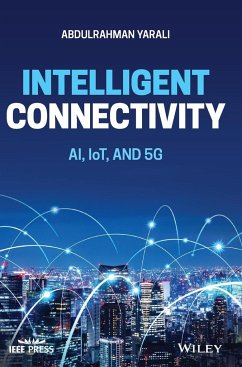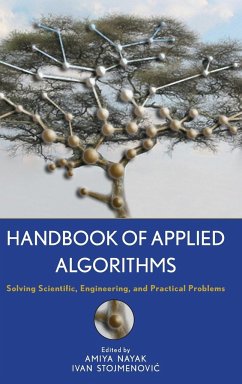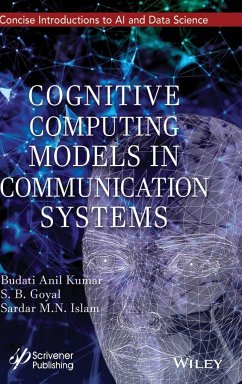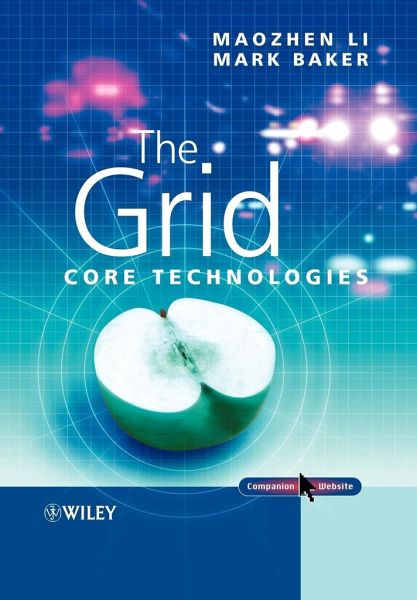
The Grid
Core Technologies

PAYBACK Punkte
55 °P sammeln!
Find out which technologies enable the Grid and how to employ them successfully!This invaluable text provides a complete, clear, systematic, and practical understanding of the technologies that enable the Grid. The authors outline all the components necessary to create a Grid infrastructure that enables support for a range of wide-area distributed applications. The Grid: Core Technologies takes a pragmatic approach with numerous practical examples of software in context. It describes the middleware components of the Grid step-by-step, and gives hands-on advice on designing and building a Grid ...
Find out which technologies enable the Grid and how to employ them successfully!
This invaluable text provides a complete, clear, systematic, and practical understanding of the technologies that enable the Grid. The authors outline all the components necessary to create a Grid infrastructure that enables support for a range of wide-area distributed applications. The Grid: Core Technologies takes a pragmatic approach with numerous practical examples of software in context. It describes the middleware components of the Grid step-by-step, and gives hands-on advice on designing and building a Grid environment with the Globus Toolkit, as well as writing applications.
The Grid: Core Technologies:
_ Provides a solid and up-to-date introduction to the technologies that underpin the Grid.
_ Contains a systematic explanation of the Grid, including its infrastructure, basic services, job management, user interaction, and applications.
_ Explains in detail OGSA (OpenGrid Services Architecture), Web Services technologies (SOAP, WSDL, UDDI), and Grid Monitoring.
_ Covers Web portal-based tools such as the Java CoG, GridPort, GridSphere, and JSR 168 Portlets.
_ Tackles hot topics such as WSRF (Web Services Resource Framework), the Semantic Grid, the Grid Security Infrastructure, and Workflow systems.
_ Offers practical examples to enhance the understanding and use of Grid components and the associated tools.
This rich resource will be essential reading for researchers and postgraduate students in computing and engineering departments, IT professionals in distributed computing, as well as Grid end users such as physicists, statisticians, biologists and chemists.
This invaluable text provides a complete, clear, systematic, and practical understanding of the technologies that enable the Grid. The authors outline all the components necessary to create a Grid infrastructure that enables support for a range of wide-area distributed applications. The Grid: Core Technologies takes a pragmatic approach with numerous practical examples of software in context. It describes the middleware components of the Grid step-by-step, and gives hands-on advice on designing and building a Grid environment with the Globus Toolkit, as well as writing applications.
The Grid: Core Technologies:
_ Provides a solid and up-to-date introduction to the technologies that underpin the Grid.
_ Contains a systematic explanation of the Grid, including its infrastructure, basic services, job management, user interaction, and applications.
_ Explains in detail OGSA (OpenGrid Services Architecture), Web Services technologies (SOAP, WSDL, UDDI), and Grid Monitoring.
_ Covers Web portal-based tools such as the Java CoG, GridPort, GridSphere, and JSR 168 Portlets.
_ Tackles hot topics such as WSRF (Web Services Resource Framework), the Semantic Grid, the Grid Security Infrastructure, and Workflow systems.
_ Offers practical examples to enhance the understanding and use of Grid components and the associated tools.
This rich resource will be essential reading for researchers and postgraduate students in computing and engineering departments, IT professionals in distributed computing, as well as Grid end users such as physicists, statisticians, biologists and chemists.



